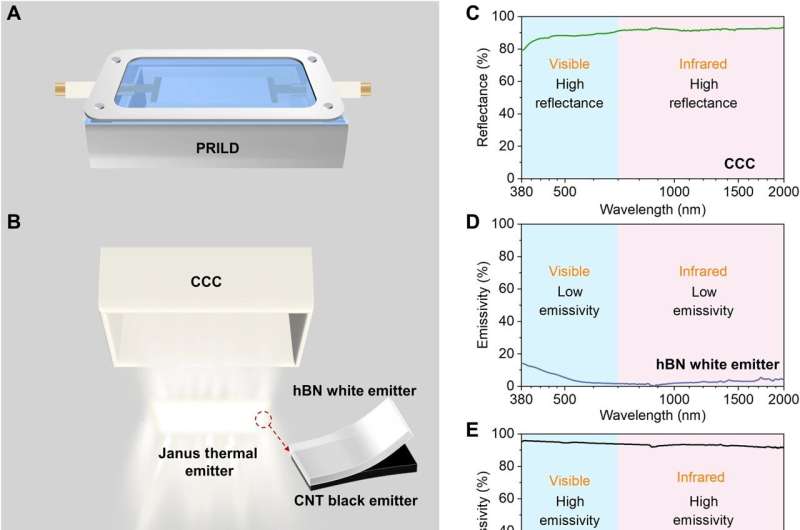April 13, 2023 report
This article has been reviewed according to Science X's editorial process and policies. Editors have highlighted the following attributes while ensuring the content's credibility:
fact-checked
peer-reviewed publication
trusted source
proofread
Rethinking the incandescent lightbulb

A team of material scientists and engineers affiliated with a host of institutions in China took a new look at the incandescent light bulb and found a way to improve its efficiency. In their paper published in the journal Science Advances, the group describes the changes they made to their test bulbs and how much improvement they saw.
Over the past couple of decades, the incandescent light bulb has come under fire for its inefficiency to the extent that its use has been banned in some places. People and businesses have been replacing them with far more efficient LED lights.
Unfortunately, that transition has come at a cost. LED lights do not provide the same degree of high-fidelity color rendering as incandescent bulbs. So, many consumers have been pining for the old days when they could use old-fashioned light bulbs. In this new effort, the team in China may have found a solution—instead of tossing out incandescent bulbs, they have made them more efficient.
The standard incandescent light bulb is a model of simplicity. It is made by placing a wire filament inside of a glass bulb. Light is produced by applying heat (using electricity) to the filament. The bulb serves to hold an inert gas that prevents oxidizing. Such bulbs are also easy and inexpensive to mass produce. Unfortunately, they are inefficient and have a short lifespan. In this new effort, the research team sought to improve both aspects as a means for producing a bulb with more natural lighting than LEDs.
To make the bulb last longer, the team used a two-layer filament, one made using carbon nanotube and the other from a ceramic material made up of nitrogen and boron. Then, to make the bulb more efficient, they placed their filament in a ceramic box rather than a glass bulb and gave it a window made of a type of quartz that allows for recycling photons. They call the result a photon-recycling incandescent lighting device, with energy efficiency nearly equal to an LED bulb, a much longer lifetime and color fidelity nearly on a par with traditional incandescent bulbs.
More information: Heng Zhang et al, A photon-recycling incandescent lighting device, Science Advances (2023). DOI: 10.1126/sciadv.adf3737
Journal information: Science Advances
© 2023 Science X Network





















